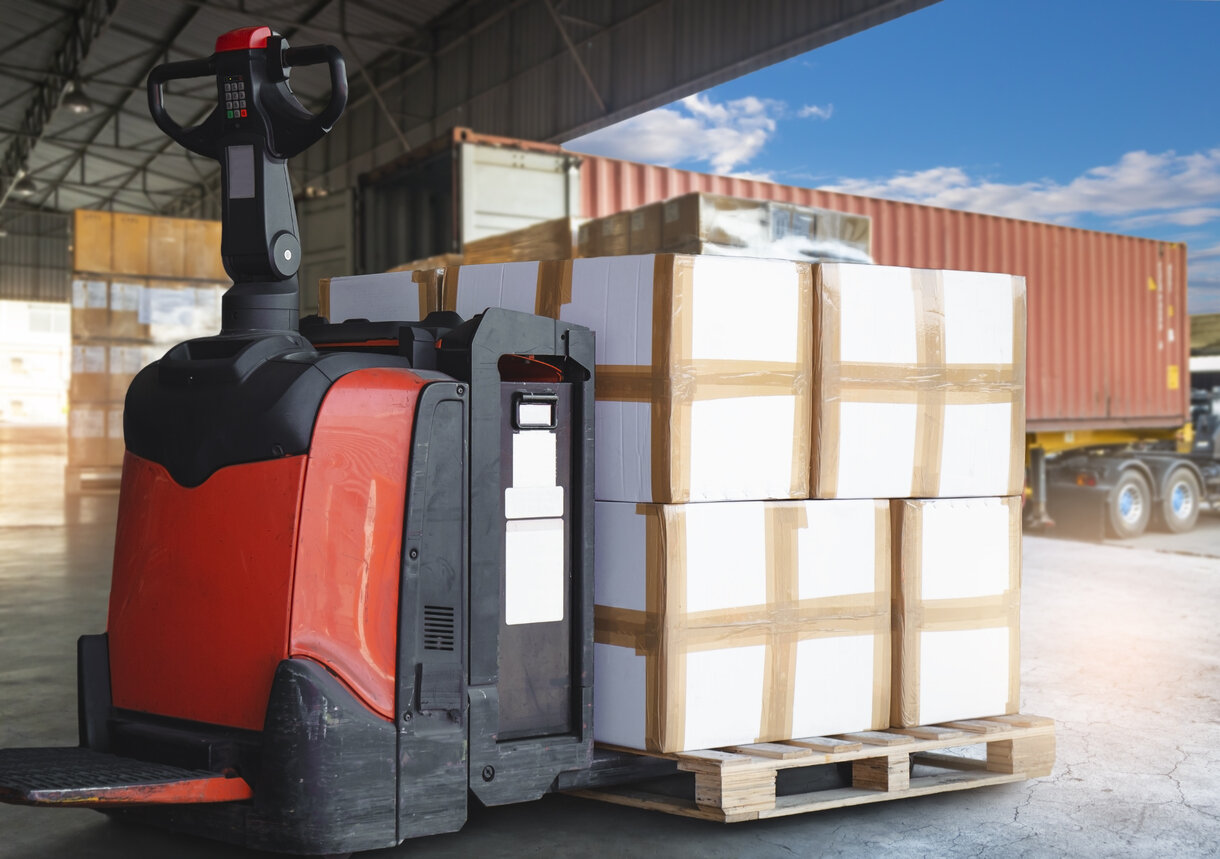Smart Packaging Minimizes Freight Claims
Learn the most common packaging issues to avoid in order to minimize freight damage claims
Minimizing freight claims relies, in large part, on your own proactive approach to several elements of skipping. Of these, packaging is arguably the most important. Designing the right packaging to ship your goods in is an underrated aspect of most shipping budgets, and yet failure in this area is openly inviting a freight damage claim.
Cutting corners by using packaging that is not size-specific or of sufficient quality may seem like a good idea at the time because cutting corners saves money, but it only pays off in the short-term. There is always a price to pay further down the line, especially now as COVID-19 fallout continues to squeeze shippers.
In this blog, you will learn:
-
Why current shipping shifts make packaging a priority
-
The 4 transportation characteristics that influence packaging
-
The smart way to package freight to minimize freight claims
-
Why you should make RLG your freight claims partner
Why current shipping shifts make packaging a priority
Shippers are facing rapidly escalating costs just to get goods from point A to point B. Data from the Cass Freight Index – a watchdog on North American freight volumes and expenditures – noted a sharp spike in shipping expenses in December 2020. This upward trend looks to be not only continuing but accelerating in 2021 and sees shipping expenses at their highest point since 2018.
Consider American shippers who bring in goods from China before redistributing them domestically. Such a company is always facing double shipping costs, and now it’s facing twice the adversity. Another surge in costs has seen shipping fees from Asian exporters double in the last 12 months. Supply, demand, and limited fleet capacity at home are allowing freight haulers to charge American businesses higher shipping prices.
The last thing any shipper wants to do is pay more for shipping while also sending the goods in substandard packaging. In the face of these market forces, competently securing freight is perhaps the single aspect of transport logistics over which shippers have complete control. It goes a long way to minimizing freight claims when that power is exercised.
The 4 transportation characteristics that influence packaging
All transported goods are judged under four basic categories:
-
Dimension (also called density)
-
Handling
-
Storability
-
Liability
The dimensional or DIM factor – determined based on weight, distance, and carton size – takes freight height, length, and width into account. How much it costs to ship is established based on either the actual weight or the DIM weight of the freight.
The trick here is to package smart for cost-effectiveness and not to get saddled with higher DIM fees than necessary by using overly large packaging or packaging that is too small. Some shippers may divide their goods into several small boxes in order to avoid large container DIM fees. This can be self-defeating because smaller boxes have less space to add package protective materials like packing paper and bubble wrap. This can increase liability and may result in damaged goods and disputed claims.
Larger boxes offer more space for protective materials, but they can incur higher shipping costs because they take up more dimensional room. Larger packaging may also require greater handling to load, unload, and deliver. The more hands needed to move goods; the more likely freight damage becomes.
It can seem like a no-win situation, but there are ways shippers can be sure of doing the very best packaging job they can to minimize freight claims.
The smart way to package freight to minimize freight claims
Smart shippers always package according to four core steps.
-
Use new and high-quality packaging
-
Pay attention to interior protection
-
Seal the package with high-quality packing tape
-
Choose and secure weight-tailored pallets
These steps combine to form the backbone of packaging best practices.
The National Motor Freight Classification guidelines help set the industry standard for how well items should be packaged beyond the basics. These comprehensive resources offer shippers advice on packaging many kinds of freight based on class definition; dimensional metrics; and requirements for intrastate, interstate, and foreign transportation.
The carrier is your next ally in minimizing the likelihood of freight claims. Every carrier will have a set of clear guidelines on their packaging policy (which may differ from their competitors). Shippers who take the time to read and adhere to these rules not only protect their freight, but they also cover themselves in the event of a later claim.
Some shippers view reusing packaging as a viable cost-cutting trick. In reality, it can be quite the opposite and is best avoided. Packaging being used for the second time will have been compromised, however invisibly, by the rigors of its first trip. This endangers the freight on its second journey and further increases the chances of a carrier denying your claim.
The last step is to document your diligent packaging, so you have proof of doing your part. Photographs or video taken before the freight is picked up for transport are a definitive answer to any carrier attempting to refuse a claim and blame the shipper for poor packaging.
Why you should make RLG your freight claims partner
Sometimes claims arise despite the best efforts of shippers. Resource Logistics Group customers have access to our freight claim management expertise. We help you save time, money, and effort when dealing with lost and damaged shipments and at every other step of your logistics chain.
We also offer contract negotiation services to help establish the kind of clear, mutually beneficial agreements great logistics relationships are built on – always a strong step toward avoiding freight claims in the future. Our other services include ongoing logistics analysis and contract benchmarking that help shippers stay up-to-date on how their shipping spend and carrier agreements match up with the latest developments in transportation pricing.
There is more to learn on our Services page, and plenty more insight and advice across the full logistics spectrum through our RLG blogs. Reach out to us if your business is looking to review and optimize its shipping profile.
Resource Logistics Group provides transportation and logistics advice combined with professional services and state-of-the-art technology. From contract negotiations to easing back-office burdens, we are your ally in excellence. Connect with us on our contact page for a free benchmarking analysis.



